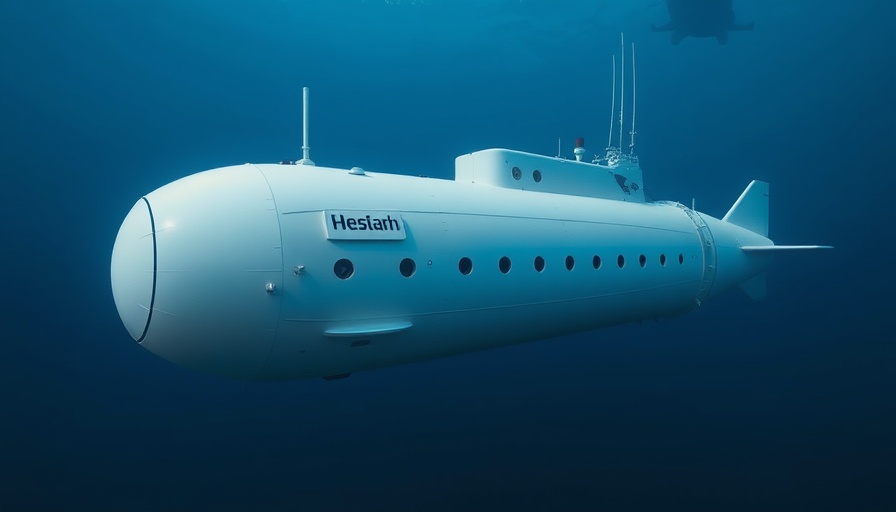
Understanding the Titan Submersible Tragedy: What Went Wrong?
The tragic implosion of the Titan submersible in June 2023, which resulted in the deaths of five individuals during an expedition to the Titanic's wreck, has raised critical questions about engineering standards in aquanaut technology. The National Transportation Safety Board (NTSB) has concluded that the incident was fundamentally rooted in faulty engineering practices and inadequate safety protocols. This report shines a light on the failures of OceanGate, the company behind the Titan, which had been pushing the boundaries of deep-sea exploration.
Faulty Engineering and Inadequate Testing
The NTSB's findings emphasize that the Titan's construction involved a carbon fiber composite pressure vessel that had numerous deficiencies. These flaws prevented the vessel from meeting necessary safety and durability requirements, critical for any underwater operations, especially one involving human lives. The submersible had not undergone adequate testing prior to its ill-fated final journey, leaving the crew unknowingly vulnerable to catastrophic failure.
Systemic Regulatory Gaps Highlighted
Both the NTSB and the earlier Coast Guard investigation revealed systemic failures within OceanGate. Critics have noted that the company displayed a concerning disregard for safety regulations, with observed "glaring disparities" between established safety protocols and actual practices. Investigators highlighted a culture of complacency within the organization, where concerns raised by employees were potentially ignored or dismissed, notably by its CEO, Stockton Rush.
The Human Element: Lives Lost and Legacies Left Behind
Among the victims of the Titan disaster were industry notables like Stockton Rush and Paul-Henri Nargeolet, who was often referred to as "Mr. Titanic". Their deaths underscore the human cost behind such expeditions, reminding us of the delicate balance between the pursuit of exploration and the responsibility that lies in ensuring safety. The loss has led to significant public outcry and demands for tighter regulations governing deep-sea explorations and the technologies involved.
Future Directions: Addressing Safety in Deep-Sea Ventures
The NTSB's report not only details the events leading to the Titan's implosion but also serves as a call to action for regulatory bodies like the Coast Guard. Recommendations have been made for the establishment of expert panels to review the safety procedures for submersibles. Such measures aim to reform the current regulations and enhance safety standards for future deep-sea explorations.
The Rise of Private Exploration and Its Implications
The disaster exemplifies the growing pains of the burgeoning industry of private maritime expeditions. As interest in undersea exploration increases, the imperative for stricter safety regulations becomes clear. The combination of technological advancement and increasing investor interest in adventure tourism has the potential for lucrative returns but, as the Titan tragedy illustrates, poses significant risks that must be mitigated through sound policy and oversight.
Reflecting on the Journey Ahead
In the wake of the Titan incident, stakeholders in the maritime and exploration industries must reflect on how best to honor the lives lost. This includes advocating for robust safety measures, improving technological standards, and fostering a culture of accountability within organizations engaged in similar ventures. The hope is that such tragedies will lead to proactive solutions that enhance safety for all explorers, and ensure the legacy of those who perished is one of progress rather than negligence.
With ongoing investigations and discussions about the future of exploratory missions, it’s essential for potential adventurers, companies, and regulators to learn from past mistakes to build a safer framework for exploration. As we look to the future of deep-sea exploration, the industry must adapt, innovate, and prioritize human life above all.
 Add Row
Add Row  Add
Add 




Write A Comment